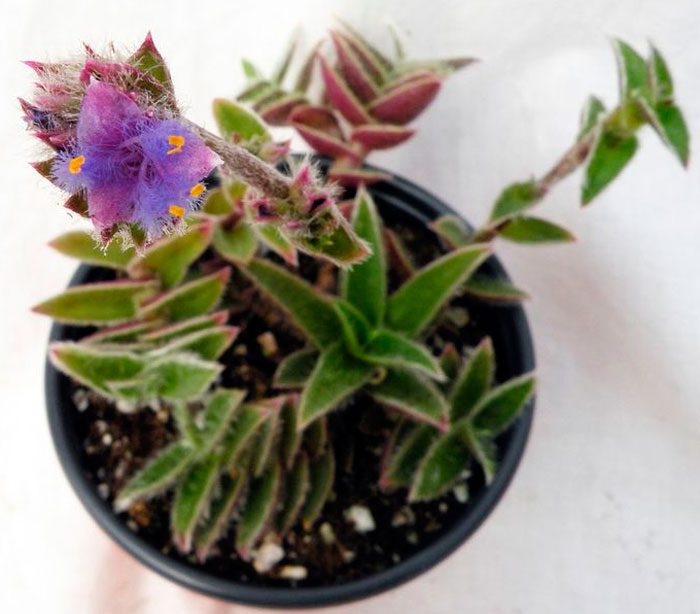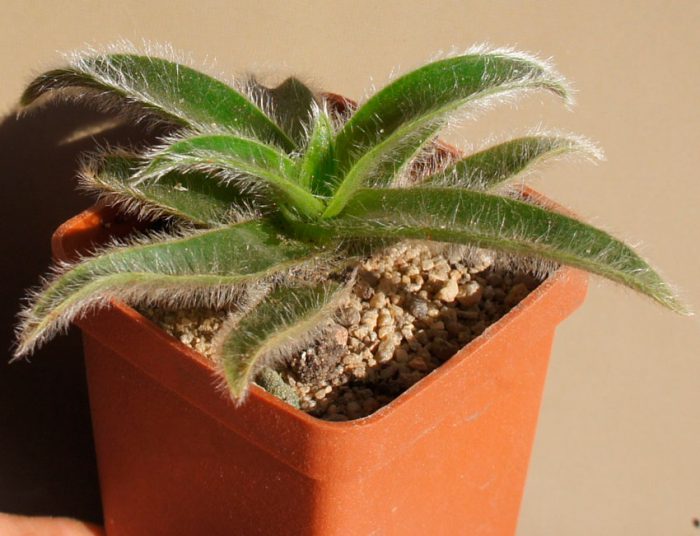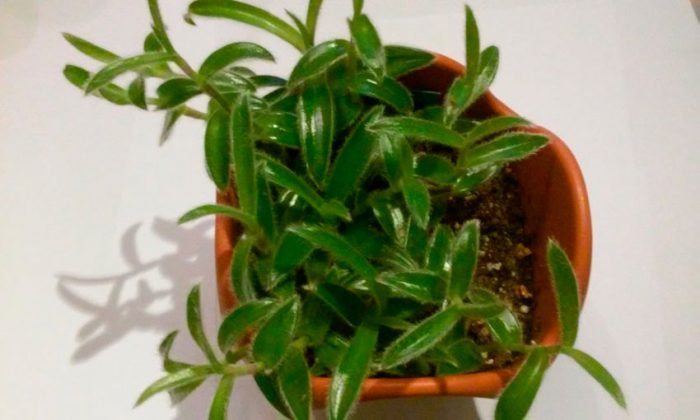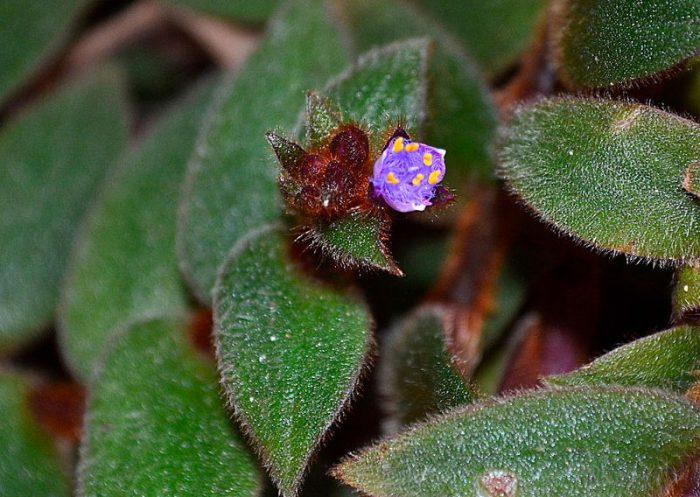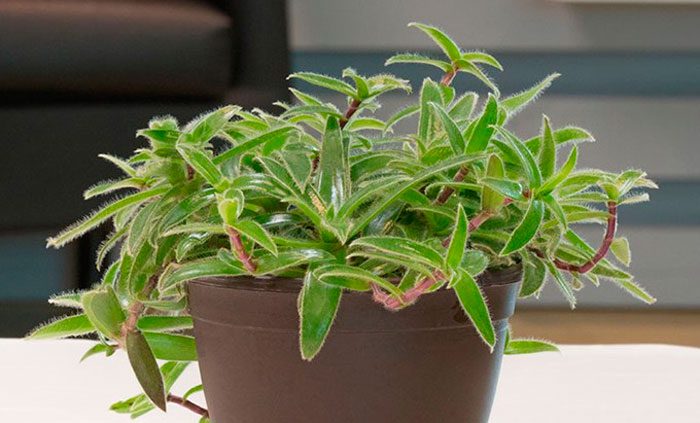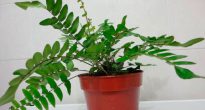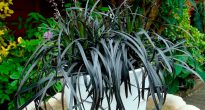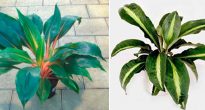Herbaceous perennial plant cyanotis (Cyanotis) is directly related to the Commelinaceae family. It comes from the tropical regions of Africa and Asia. The name of the plant is formed by such Greek words as Kyaneos - "blue" and ous, obis - "ear". And this name is associated with the appearance of flowers. Such perennials (less often annuals) have creeping shoots. Alternate leaflets have tubular sheaths. Small flowers are placed in axillary or apical curls. The fruit is presented in the form of a box.
Home care for cyanotis
Illumination
Lighting must be necessarily bright, but diffused. Good lighting is also needed in winter, so experts advise providing the plant with additional lighting.
Temperature regime
In the warm season, a temperature of about 20 degrees is most suitable for such a flower. In winter, you can lower the temperature, but so that it is not less than 12 degrees. Cyanotis can overwinter quite calmly at normal room temperature.
Humidity
Does not require high humidity and spraying.
How to water
In spring and summer, watering should be moderate, while the soil should always be slightly damp. In winter, it is necessary to water sparingly and rarely, while the substrate should be almost completely dry.
Top dressing
Top dressing is carried out in the period from March to August 1 time in 2 weeks. For this, fertilizer is used for decorative leafy plants.
Transplant features
The transplant is carried out approximately once every 2 years. The soil should be loose and light. To prepare the soil mixture, combine leaf, humus, peat and turf soil, as well as sand. Do not forget to make a good drainage layer at the bottom of the container.
Reproduction methods
It can be propagated by seeds and cuttings.
Seeds are sown in slightly moistened soil, the container must be covered with glass and placed in a warm, shaded place. After the seedlings appear, the bowl is transferred to the light.
Cuttings are carried out in the spring. Cuttings should be planted in sand mixed with peat. It must be covered with a transparent cellophane bag or a glass jar, and transferred to a warm and shaded place.
Pests and diseases
The plant can settle aphids, scabbards, and spider mites.
Main types
Cyanotis kewensis (Cyanotis kewensis)
This herb is a perennial. It has uplifting, creeping shoots with dense foliage, which together create a dense curtain. The leaves have a tubular sheath, which completely hides the shoot, their shape is heart-lanceolate or heart-ovate, and they are located like a tile. The leaves are also quite fleshy, reaching 3-4 centimeters in length and 1.5–2 centimeters in width, the top is bent downward, and the lower part is colored violet-red. The color of the flowers varies from light red to blue, while they are clustered in short apical curls. On the surface of all parts of the plant there are soft short brownish-red hairs.
Cyanotis nodiflora (Cyanotis nodiflora)
This herb is a perennial and has a slightly branched, erect stem. The leaves are linear in shape at the tips, as a rule, the color is green, but sometimes the seamy side casts purple. Leaflets are naked or their lower surface along the tubular sheath is covered with pubescence, consisting of appressed long hairs. In the upper leaf axils there are sessile dense inflorescences, consisting of small flowers. Their petals have grown together by 1/3 part and can be painted in lavender, pink or blue.
Cyanotis somali (Cyanotis somaliensis)
This herb is also a perennial. There is pubescence on the surface of the shoots. Green lanceolate leaves have a shiny upper surface, and the edge, lower surface and sheath are heavily pubescent with whitish rather long, spaced hairs. The flowers are small. Petals ½ of their length have grown together and can be colored purple or deep blue. Flowers can be solitary, but as a rule, they are collected on dense, short curls located in the upper leaf axils or on the tops of the stems.

